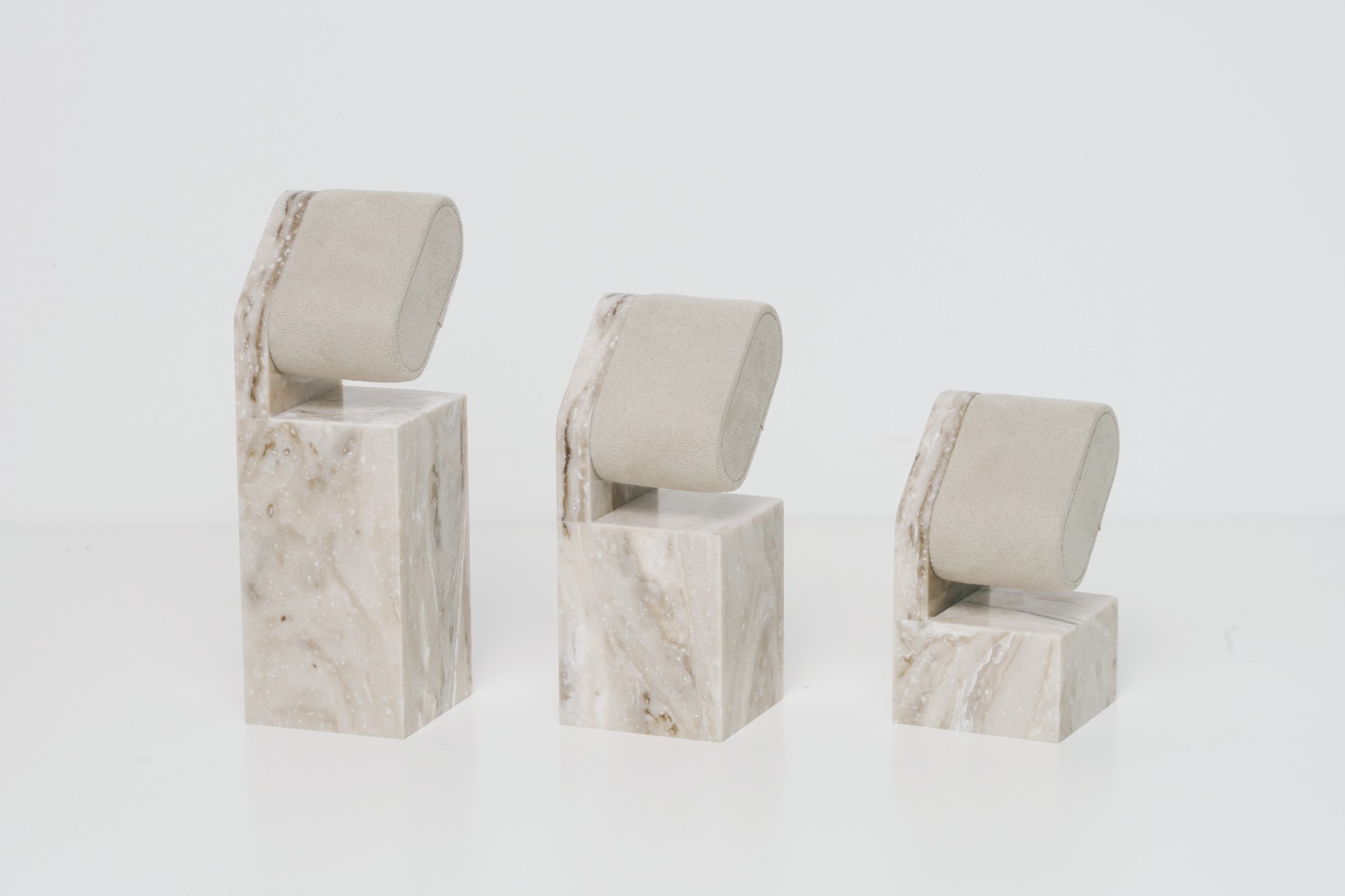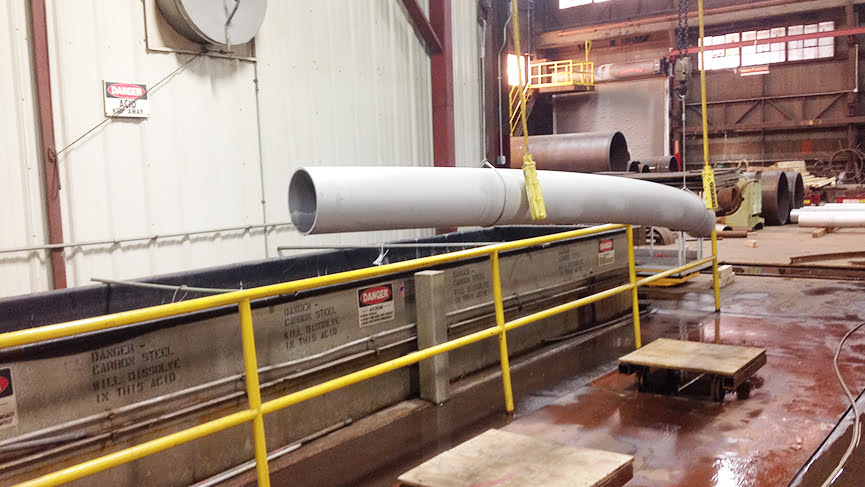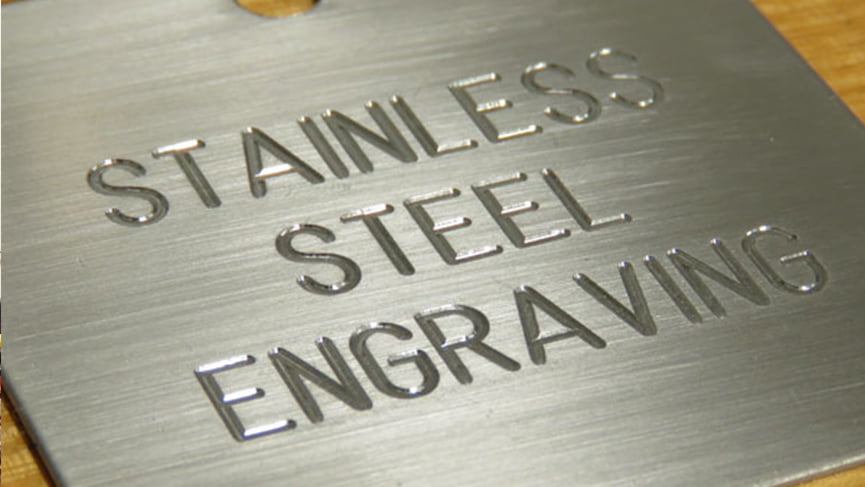In today's society, metal products are ubiquitous. From daily necessities to high-end artworks, they all reflect the unique charm of metal. In the field of high-end metal sculptures, metal display stands, and luxury boutique store projects, metal surface treatment technology plays a significant role. Through various treatment methods, we can give metal products different visual effects and textures, and meet various design requirements and aesthetic needs. This article will detail various metal surface treatment technologies and their applications, hoping to provide useful references for your projects.
1. Polishing
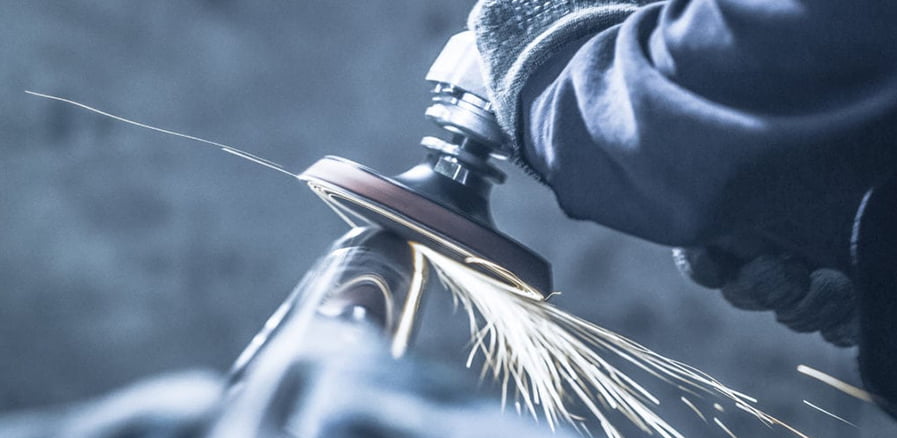
Polishing is a common metal surface treatment method that makes the metal surface smooth and bright with a high gloss effect through friction and abrasion. Polished metal products have strong visual appeal and are suitable for high-end product displays and decorations. Polishing is commonly used for stainless steel, aluminum, copper, and other metal materials.
2. Brushing
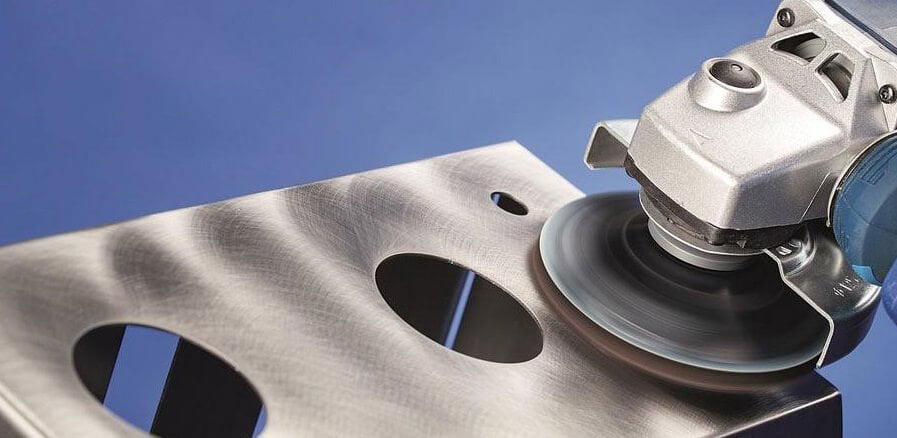
Brushing creates a delicate texture on the metal surface, producing a soft luster. Brushed metal surfaces have good scratch resistance and are suitable for furniture, display stands, and other applications. Brushing can be achieved through hand sanding or mechanical grinding.
3. Sand blasting

Sandblasting is a method of using high-speed jetted sand particles to form uniform, delicate matte textures on metal surfaces. Sandblasted metal surfaces are both beautiful and wear-resistant and are suitable for multiple applications. Sandblasting often uses compressed air to spray sand particles onto metal surfaces and can be applied to materials such as stainless steel, aluminum, and copper.
4. Coating

Coating treatment is a technique that forms a thin protective or decorative film on the metal surface, such as gold plating, chrome plating, and zinc plating. The coating can improve the metal's corrosion resistance, wear resistance, and aesthetics, and is suitable for high-end metal sculptures and luxury display stands. The coating can be achieved through electroplating, chemical plating, hot-dip plating, and other methods.
5. Anodizing
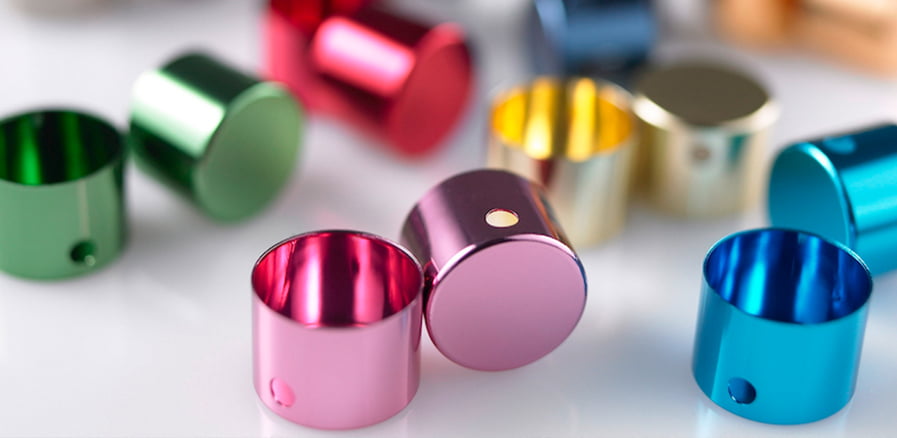
Anodizing is a method of forming a hard, wear-resistant oxide film on the metal surface. This treatment is commonly used for aluminum products, such as aluminum alloy display stands and sculptures. The anodized film has good corrosion resistance and aesthetics and offers a rich color selection to meet individual needs.
6. Electrophoretic Coating
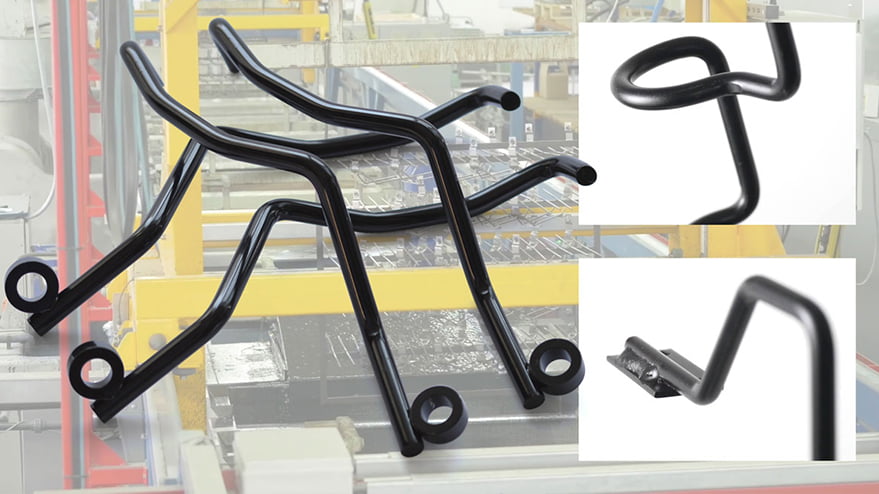
The electrophoretic coating is a method of forming a uniform and tightly attached coating on the metal surface. The electrophoretic coating has high corrosion resistance and aesthetics and is suitable for various metal products. During the electrophoretic coating process, the object being coated serves as an electrode and is immersed in a water-soluble solution containing dissolved paint. The paint deposits on the metal surface through electrolysis.
7. Spray Coating
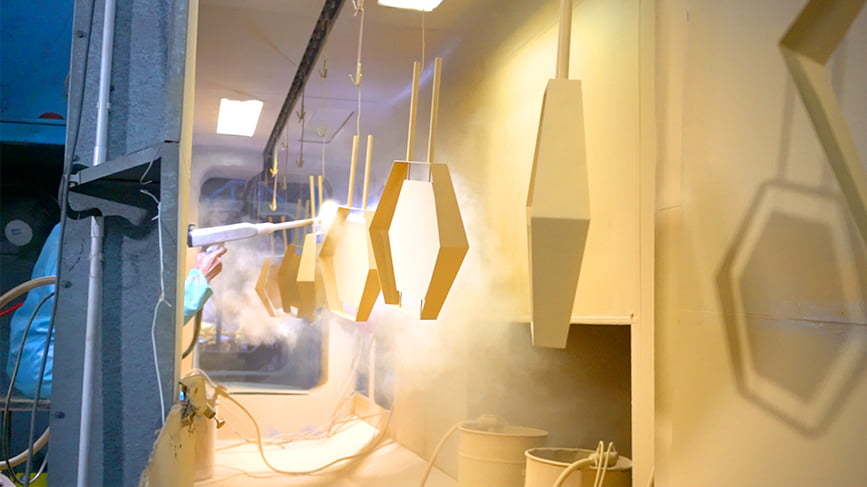
Spray coating is a method of applying various colors of paint onto a metal surface. Spray coating provides a rich color selection to meet individual needs. Spray-coated metal products are suitable for display stands, sculptures, and other fields. The spraying process can be done through air spraying, airless spraying, electrostatic spraying, and other methods.
8. Welding

Seam Treatment For some metal structural parts, welding seam treatment is necessary to improve the product's overall aesthetics and quality. Treatment methods include grinding, polishing, etc., making the weld seam smooth and reducing its appearance.
9. Etching

Etching is a technique of engraving patterns, texts, or textures on a metal surface. Etching can achieve exquisite decorative effects and enhance the unique art value of products. Etching can be achieved through acid etching, electrochemical etching, and other methods, and is suitable for various metal materials.
10. Riveting

Riveting is a method of connecting metal parts by fixing rivets. In some high-end metal products, riveting functions as both a connection and decoration. Riveting can be applied to metal sculptures, display stands, and other fields.


